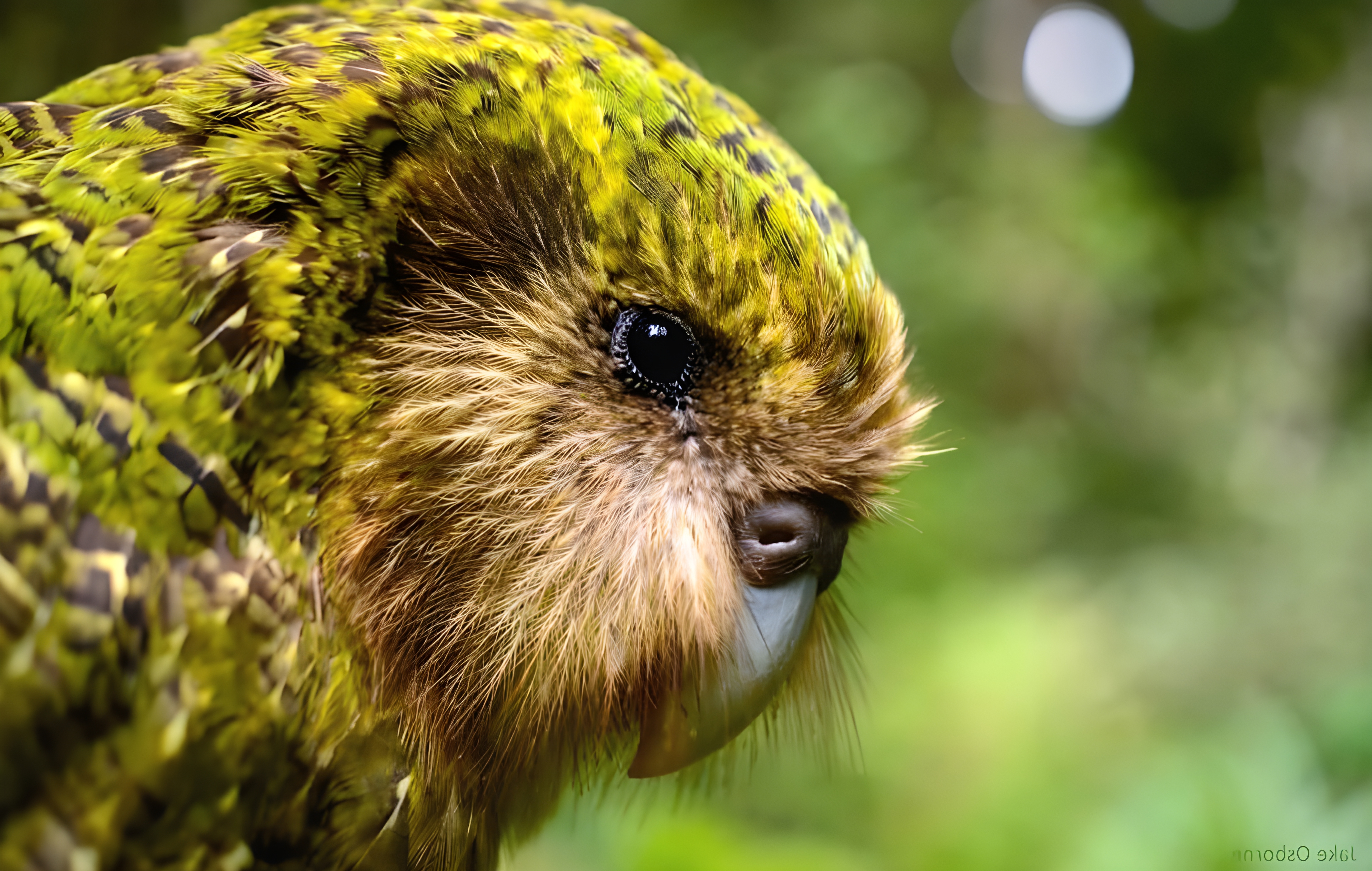As the highly pathogenic H5N1 strain of avian influenza continues to devastate bird populations around the globe, New Zealand is racing to protect some of its rarest species — including the kākāpō, the world’s fattest and most endangered parrot.
With fewer than 250 individuals left, the kākāpō is at extreme risk should the virus reach New Zealand. Conservationists fear that migratory seabirds, arriving with spring, could inadvertently bring the disease into fragile populations on offshore islands such as Codfish Island/Whenua Hou.
To get ahead of the threat, the Department of Conservation has conducted a world-first trial, vaccinating ten captive birds across five critically endangered species — including the kākāpō, takahē, kakī (black stilt), tūturuatu (shore plover), and a rare kākāriki. Using an H5N3 poultry vaccine, researchers found that four of the five species developed strong antibody responses lasting at least six months.
“This could protect core breeding populations in captivity and on managed islands,” said Kate McInnes, senior science adviser and wildlife veterinarian with the department.
But rolling out the strategy will be complex. Vaccination programmes require careful planning, since capturing and recapturing wild birds is difficult, stressful, and expensive. Timing is also critical: vaccinate too soon, and immunity wanes before exposure; wait too long, and the virus may already be spreading.
Other countries are closely monitoring New Zealand’s work. Australia, anticipating avian flu’s arrival during the upcoming migration season, has launched its own trials and earmarked A$100m for preparedness, including measures to safeguard vulnerable species like the Australian sea lion and Tasmanian devil.
Globally, vaccination of wildlife remains rare. Some conservation projects have succeeded — such as immunising koalas against chlamydia and California condors against H5N1 — but challenges remain. Vaccines can become outdated as viruses evolve, and some scientists warn that incomplete vaccination could accelerate viral mutations.
Despite these hurdles, conservationists agree vaccination could buy critical time for species teetering on the edge of extinction. For the kākāpō, which was once thought lost forever, it may mean the difference between survival and vanishing into history.

